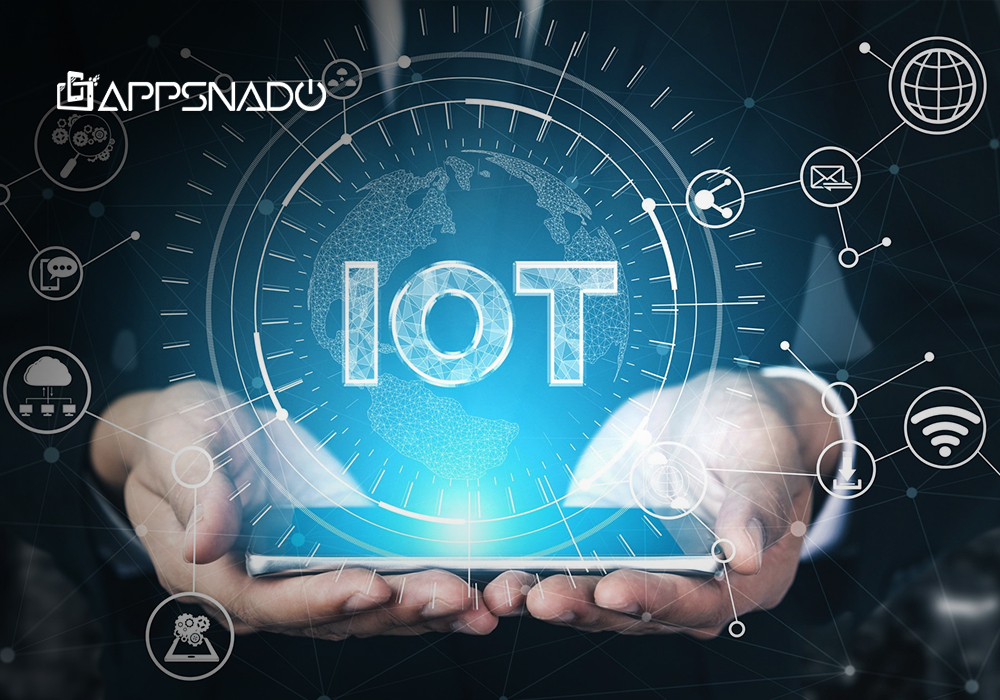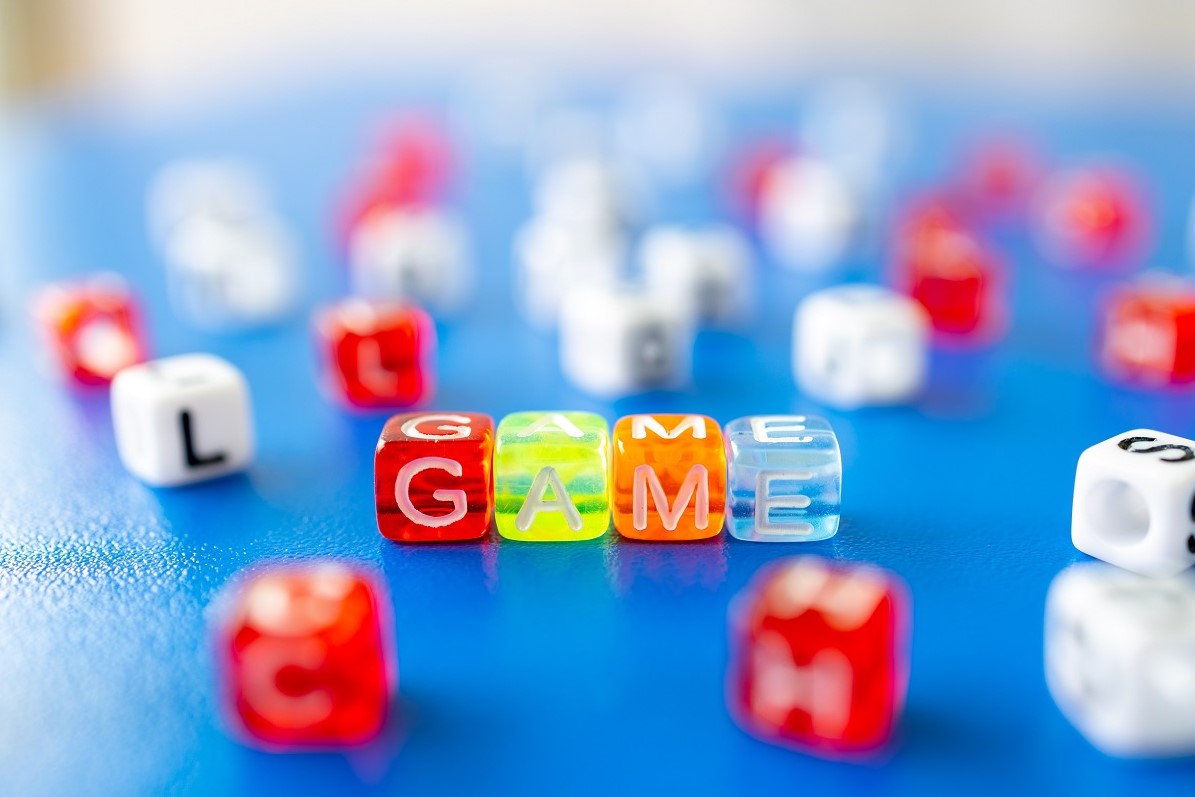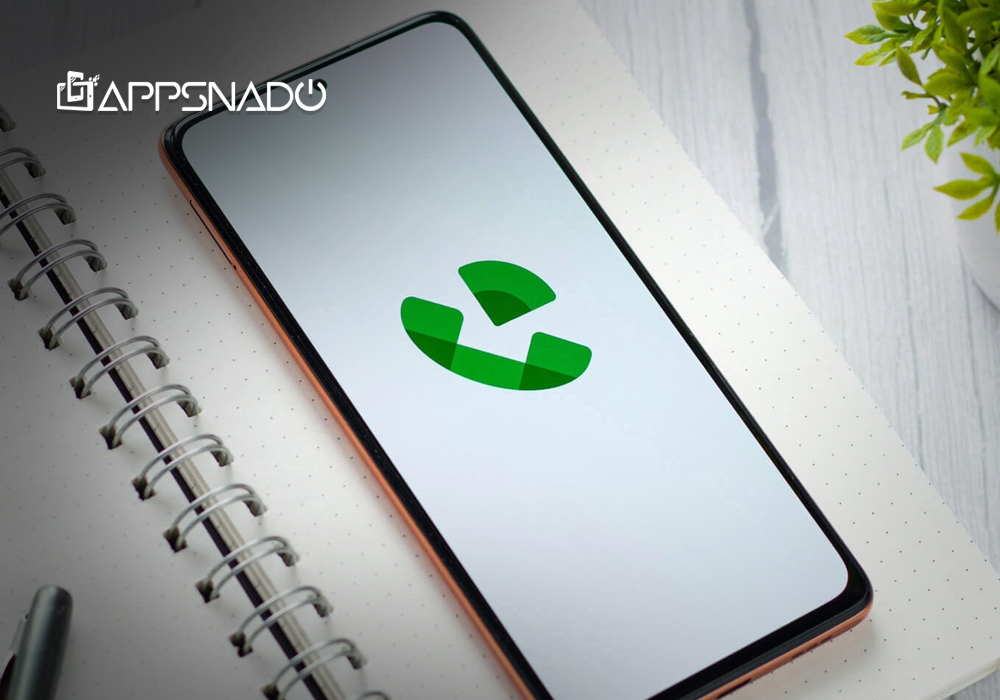As dawn breaks over the horizon of the digital era, the Internet of Things, also known as IoT, stands out as the beacon of innovation, seamlessly intertwining the fabric of technology with the threads of everyday life. IoT connects machines with other machines. We can say that IoT helps machines communicate. From smartphones to complex pieces of machinery, IoT is simplifying, improving, and automating processes by providing seamless connections between machines, humans, and data. IoT applications are not just conveniences. They are the most essential part of organizing and managing the data seamlessly. We can say that the IoT app is a disguised object that interlinks with the Internet, allowing it to open doors to infinite opportunities in the future. These applications are reshaping the way we live in today’s world, giving you a more advanced environment and ease.
What Is the Internet of Things?
The Internet of Things came from the word interconnectivity, which means connected gadgets that gather and share data variables across multiple platforms and wireless networks without any human involvement. We can say the IoT is a helping hand for us to do tasks that no one can do automatically or digitally. In other words, we can describe IoT as the network of devices, machines, electronic gadgets, computer devices, and other household appliances. IoT technology basically streamlines and efficiently connects the two worlds of technology and human power. IoT technology is not only impacting human lives; it is also impacting economic and technological influence.
Important Facts About IoT
- The IoT was named by computer scientist Kevin Ashton in 1999
- IoT brings chances for higher connectivity for multiple companies
- Projected global Internet of Things spending is 1.1 Trillion USD
- IoT devices are usually called smart devices
- There are currently 14 Billion connected IoT devices in the world
- There will be 25.44 Billion IoT devices by year 2030
How Are Internet of Things Applications Driving Success?
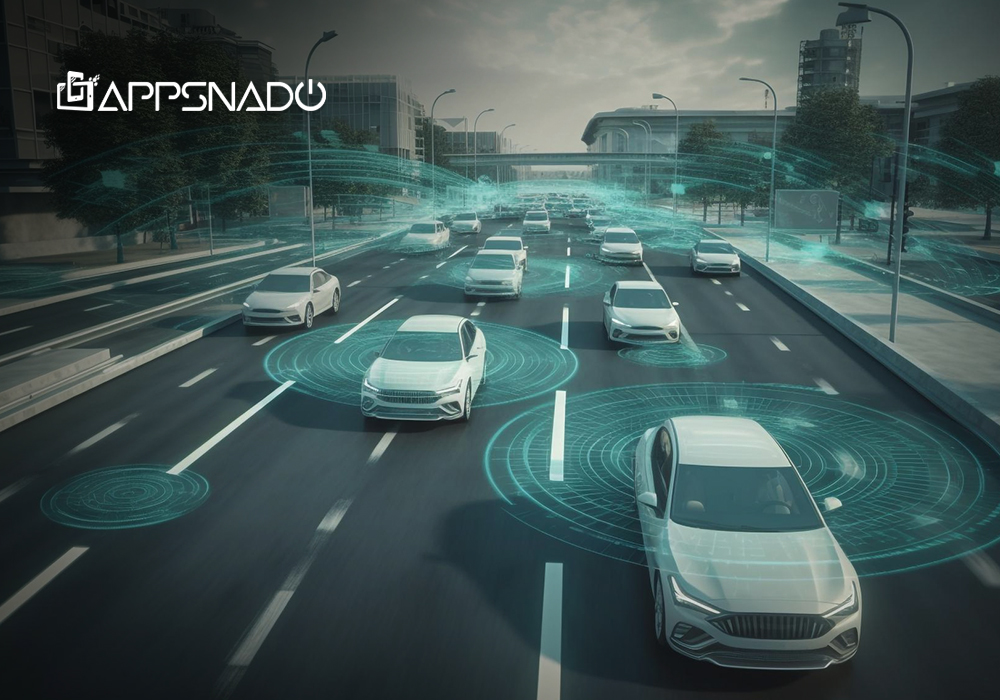
The world is changing and progressing as the days go by. You can see how fast we are steeping into technology. The things that were unreachable are now just a click away. People who were once impossible to communicate with are now just a tap away and can connect or communicate anytime, anywhere, through audio or video calls. IoT devices and applications are changing the way we operate and do our tasks on a daily basis. We can say that without the invention of IoT apps, the world will become dull. Multiple businesses have changed their ways, and numerous companies have transformed the working environment and made socializing easier.
Reasons To Build Customized Internet of Things IoT Application
IoT applications have numerous benefits and are simplifying people’s lives with real-time features and automation.
- Enhanced User Experience
- Boosted Efficiency
- Pocket Friendly
- Scalability
- Robust Security
Three Main Types of Applications of the Internet Of Things That Are Elevating Productivity

By 2023, millions of devices will be operated by Internet of Things applications that collect, share, and store information. These IoT applications range from smartphones to homes and workplaces, like cooking appliances, smoke detectors, and surveillance equipment. These devices are becoming essential as the technology holds the power to the future, and there are three main types of IoT applications that are changing the way we do our tasks and monitor.
- Personal Wearable IoT
- Industrial Internet Of Things IoT Applications
- Commercial IoT
Check out this: How to Build a Successful Augmented Reality App: A Step-by-Step Guide
Personal Wearable IoT
No one ever thought that their heart rate and fitness could be monitored through a palm-sized gadget, but technology merged with innovation and changed the way we do and monitor our daily routines. The connectivity options offered by IoT and the advanced technology made it possible to bring digitalized solutions into the palm of our hands or on our wrists. Wearable technology is taking over other devices as days go by, and we cannot deny the benefits that wearable applications offer. Personalized gadgets make it easier for individuals with busy schedules to track performance and health and keep track of everything that is important. We are living in a world surrounded by technology, and the power of IoT wearable applications has made our lives easier and more advanced. Wearable apps are penetrating the market for technology, which is why multiple companies are working on developing wearable apps that have more user-friendly options and upgrades for user’s daily lifestyles.
Industrial Wearable IoT
Some say technology is a blessing in disguise, and they are right. On-site workers who used to work for hours collecting data from pieces of machinery and keeping a count on manufactured products are now utilizing the power of technology and accelerating their process to improve productivity by ensuring security. These IoT devices collect data in real-time and track activities. These applications of the Internet of Things are known for alerting and customizing experiences that depend on organizational needs. Industrial apps are mixed and matched with wearable applications so that on-site workers can wear the apps and work easily. These devices are linked to enterprise systems to observe productivity and efficiency. Workers who work underground are alerted if something goes wrong, providing evidence and maintaining the well-being of the workers within the industry.
Commercial IoT Applications
Businesses and healthcare organizations are utilizing IoT applications for auditable data streams and consumer management. Doctors are leveraging IoT devices to keep track of their patients’ well-being. Businesses are integrating management systems to manage and organize employees’ tasks and performances. These devices allow higher chances of management, analysis of health conditions, and maintenance of the internal environment of the company. The human resources department has benefited the most from IoT applications. The appraisals are given based on performances that are tracked by these devices. Thus, we can say that these applications are a miracle and have been helping humans in tremendous ways. There are numerous heart patients who are saved because the doctors reached them before time through the observation of IoT tracking.
How Do Internet of Things IoT Applications Work?
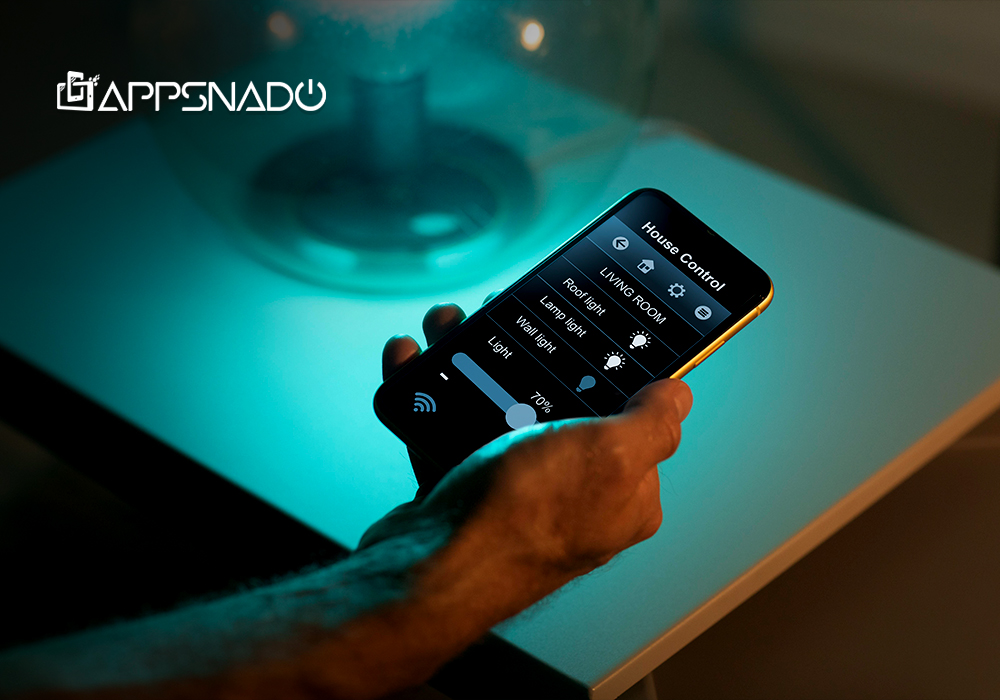
Sensory Techniques
Everything starts with the devices themselves, which can be as simple as a temperature sensor or as complex as a fledgling smart robot. These devices collect data from the environment, which could be as varied as a temperature reading, a video feed, a location signal, or any other information.
Connectivity
Once the data is collected, it needs to be sent to the cloud, and this is where connectivity comes in. Devices use various methods to connect with data through the host of the network, keeping certain protocols intact, like Bluetooth, satellite networks, and other connectivity platforms.
Natural Language Processing
The most prominent example of natural language processing is Alexa. It pulls out information from shared networks and simplifies it into understandable information so that communication is simplified. This proves that machine language enhances the analytical abilities of IoT applications and devices.
IoT In Edge Computing
Edge computing in the IoT is developed to have a comprehensive framework, aiming to conserve resources and accelerate responsive timing to move data from one place to another. IoT applications are accomplished by refining edge devices and IoT gateways.
Check out this: Score Big: 2023’s Best Black Friday Apps for Massive Savings
Ten Key Applications That Are Advancing The Digital Revolution
-
Smart Homes
Imagine waking up to a home that has already brewed coffee and heated your bathroom tiles. Smart home technology is redefining domestic convenience and energy efficiency, paving the way for sustainable living. We can also see that Internet of Things IoT applications are home automation tools that provide security, comfort, and convenience through control from smart devices.
-
Wearable Health Devices
Wearable applications are personal healthcare companions, tracking vital signs and alerting users to potential health issues before they become serious, revolutionizing preventive care and personal health wellness. These devices accurately monitor pulse, fitness data, and sleep. Biosensors are used in these wearable health devices to maintain the health of the patient.
-
Smart Farming
IoT in agriculture is sowing the seeds of revolution, from soil sensors that dictate watering schedules to drones that monitor crop health, optimizing the food production process to feed a growing population. Farmers can easily track field conditions and forecast weather conditions to make strategic decisions for the whole farm and keep an eye on each and every crop without stepping foot in the field.
-
Industrial Automation
The industrial Internet of Things is the powerhouse of production efficiency, employing sensors and automation robotics to refine the manufacturing process, reduce downtime, and enhance worker safety. Industrial automation allows the utilization of equipment with various sensors and computers, performing tasks that were previously done manually.
-
Smart Cities
Cities are becoming smarter. Using IoT to manage traffic flows, conserve energy, and improve public services, thus elevating the urban living experience while striving for sustainability We can say IoT applications are advanced technological management that is changing the way cities maintain themselves, reducing operating costs, and improving systems.
-
Energy Management
IoT applications are instrumental in smart grids, managing the flow of energy to ensure optimal distribution, reducing waste, and promoting the use of renewable energy. IoT back-end sensors keep a keen eye on consumption patterns of energy and provide insights that are analyzed to take control of consumption.
-
Retail Logistics
Applications of the Internet of Things streamline logistics, enabling real-time inventory tracking, enhancing the supply chain, and developing a seamless shopping experience for consumers. The application is helping a number of retailers gather data and track the routes of inventory shipments. We can say IoT is accelerating the process and shortening delivery timelines.
-
Connected Cars
Sensors operated through IoT provide safety and efficiency, with features like predictive maintenance and real-time navigation that could reduce accidents and traffic jams. This also allows drivers to communicate with each other to notify them of crash sites or wrong-way lanes. IoT is advancing ways of keeping track of your cars through semi-automatic vehicle control.
-
Environmental Monitoring
Critical data on environmental conditions and forecasts is provided by IoT applications, enabling monitoring of air and water quality, detection of pollution statistics, and response to ecological changes with greater agility. This allows us to take precautions immediately to prevent the outburst or any environmental disaster.
-
Smart Grids
Smart grids represent the future of energy distribution, using IoT to balance demand, integrate alternative energy sources, and improve the reliability and sustainability of electricity networks. These energy management systems monitor data collected for power automation and help transform the development of distributed networks.
Check Out These
The Impact Of Internet Of Things Application On Society

The IoT technology is a transformative wave across society, which is deeply impacting how we interact with technology and each other. On a domestic front, smart homes enhance living comfort while improving energy efficiency, and wearable devices are pioneering personalized healthcare. IoT is the convenience of smart cities, optimizing traffic, and conserving energy. IoT’s environmental management and tracking keep a balance through real-time tracking of pollution levels. IoT provides numerous benefits, and thus, it impacts largely on the society that we live in today. Today, we are all too busy to maintain everything and keep an eye on daily tasks, which is why the Internet of Things application comes in handy and plays a vital role in upgrading our work processes and combating complex challenges that we face during the day.
Wrapping It Up
IoT stands as a beacon of progress by connecting different devices and networks to blend with human daily life. Its societal impacts are profound. It eventually provides ease in every industry, including homes and cities. It shortens communication loops and provides feeds that can be managed through a device. Advanced technology helps companies easily generate a well-maintained internal environment. IoT applications provide accuracy and data-generated insights to make developmental processes easier. IoT devices are known as the most essential technology in today’s empowered world. These cloud-based data storage and transformative platforms are enhancing business procedures and streamlining revenue through advancement. Data updates provide quick access to improvements. The physical world is changing at a rapid pace, and the credit goes to the Internet of Things applications. The technology simply connects all devices through cloud-based storage and sends alerts from one device to another, following the user’s demands.
Check Out These
